East Meets West: Japandi Style
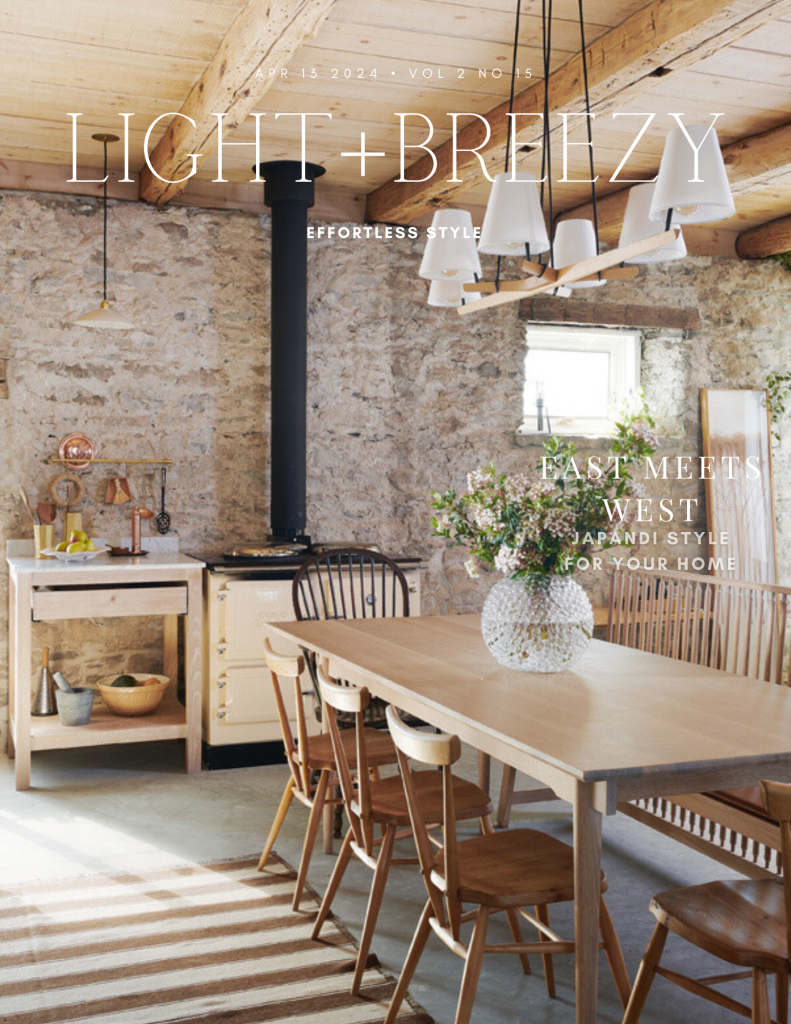
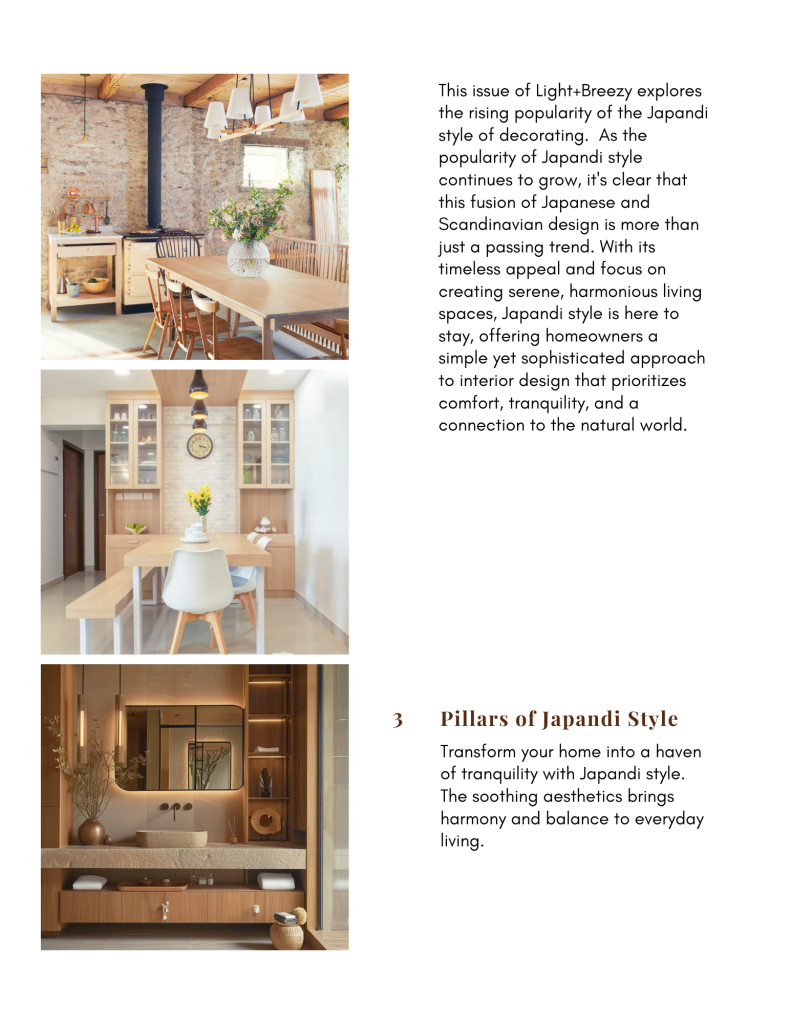
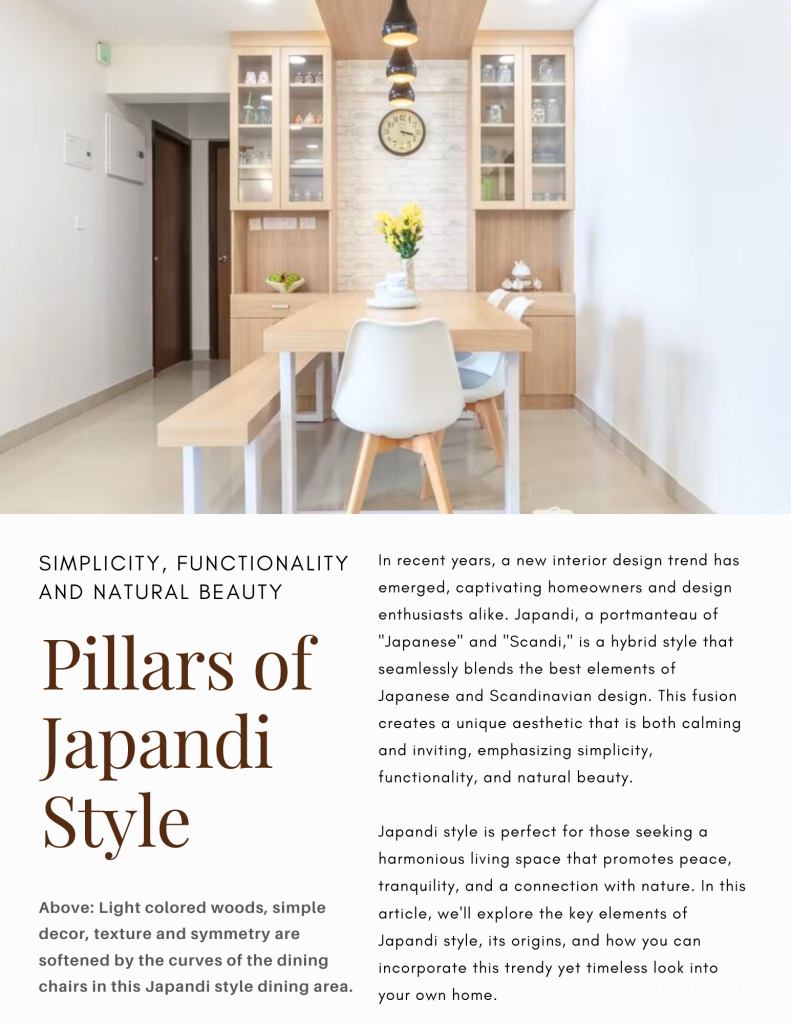
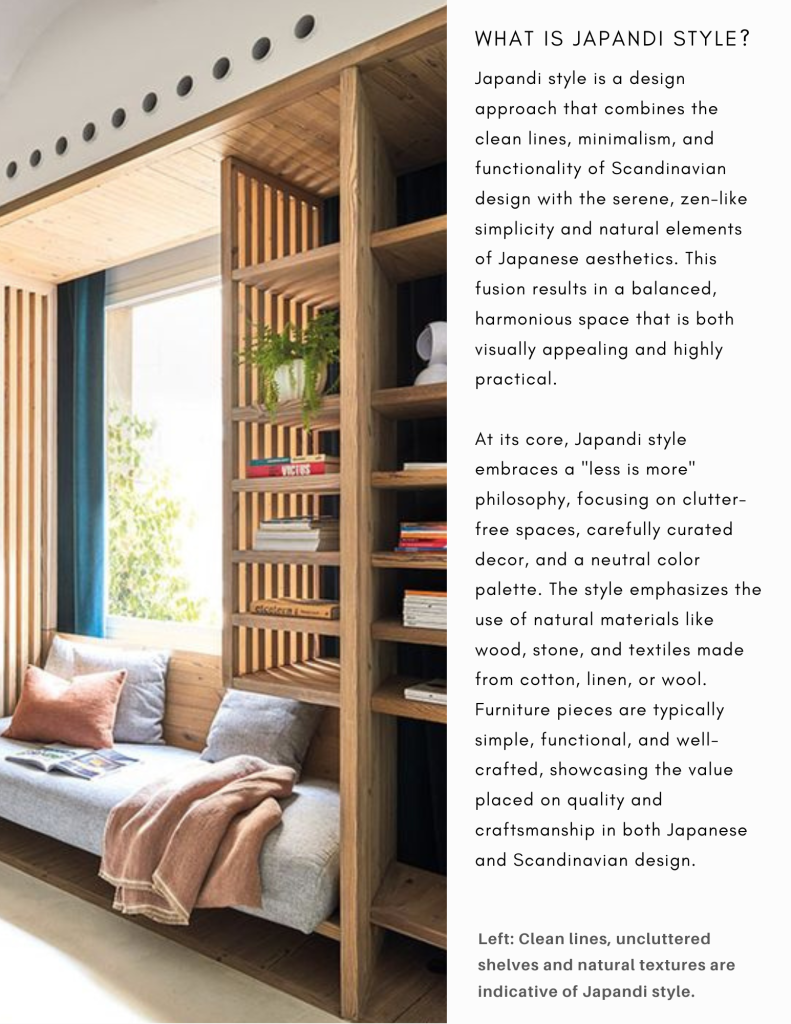
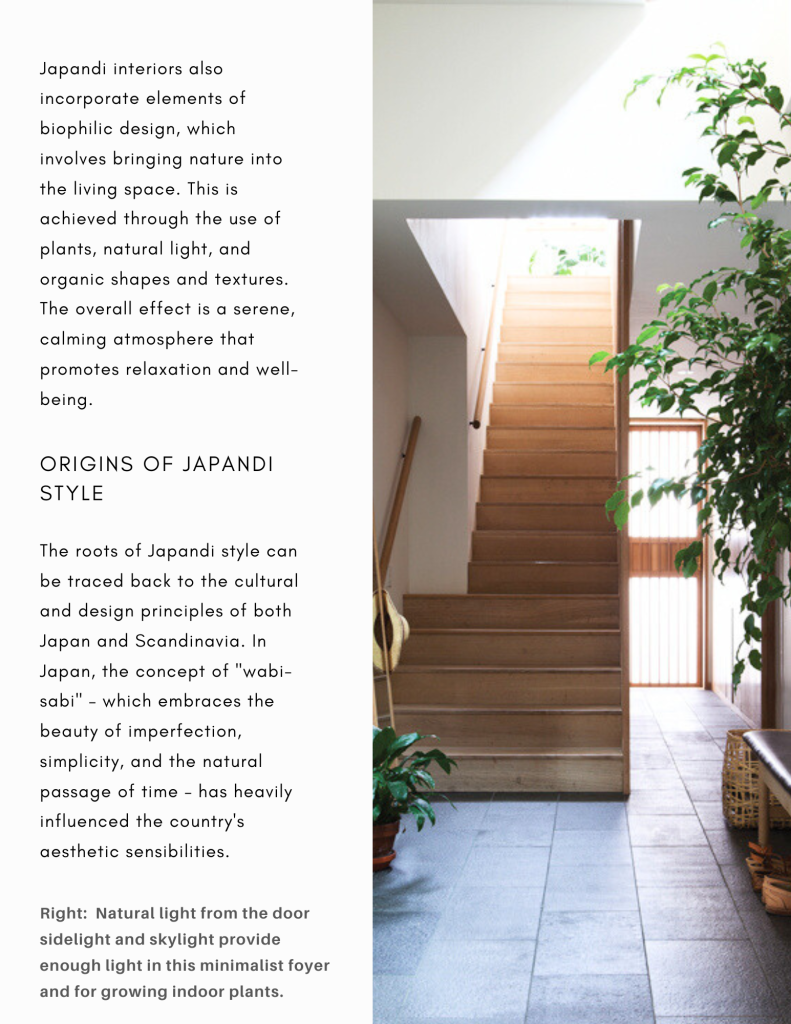

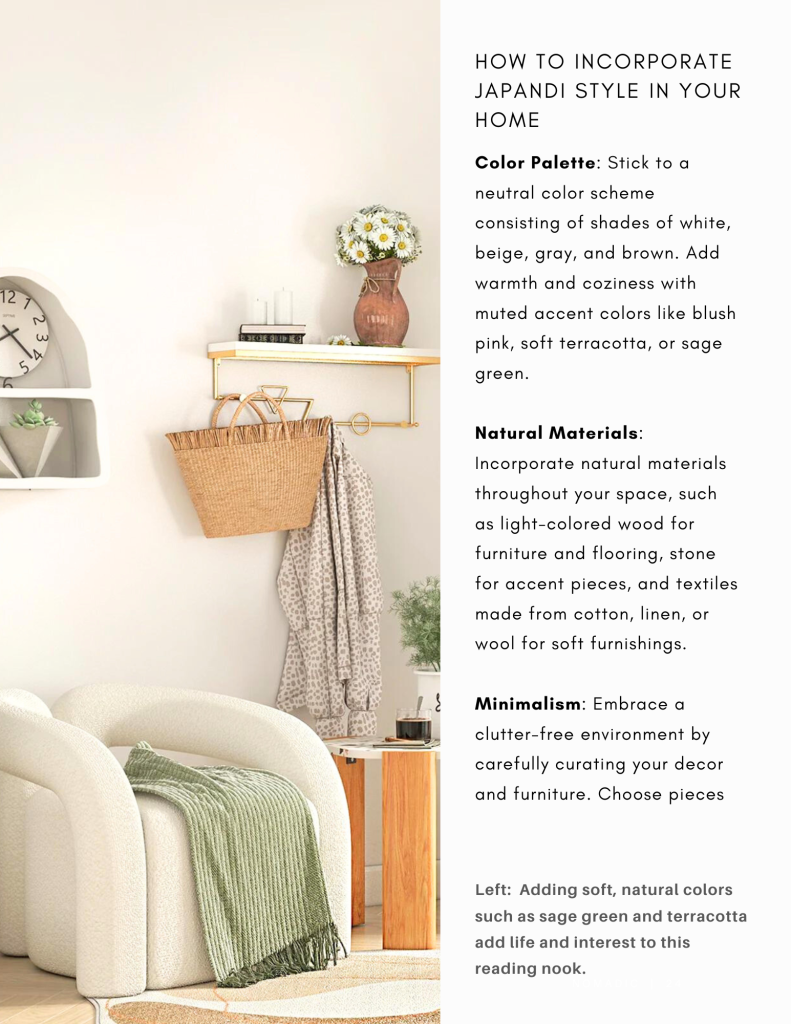

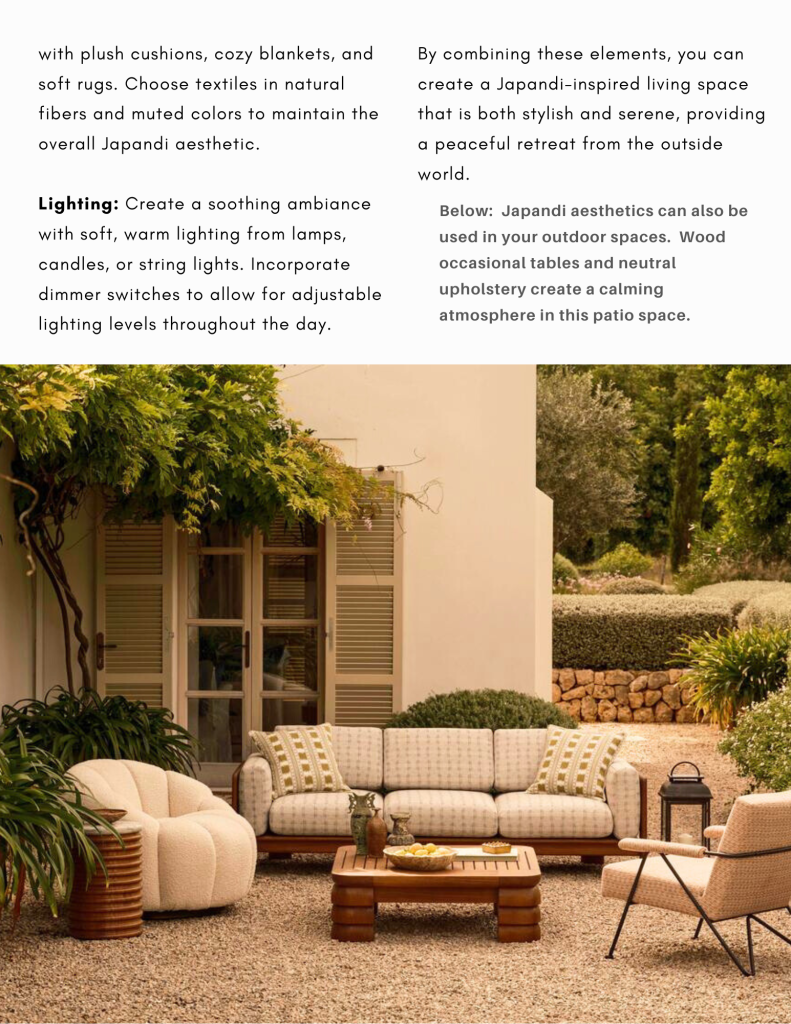
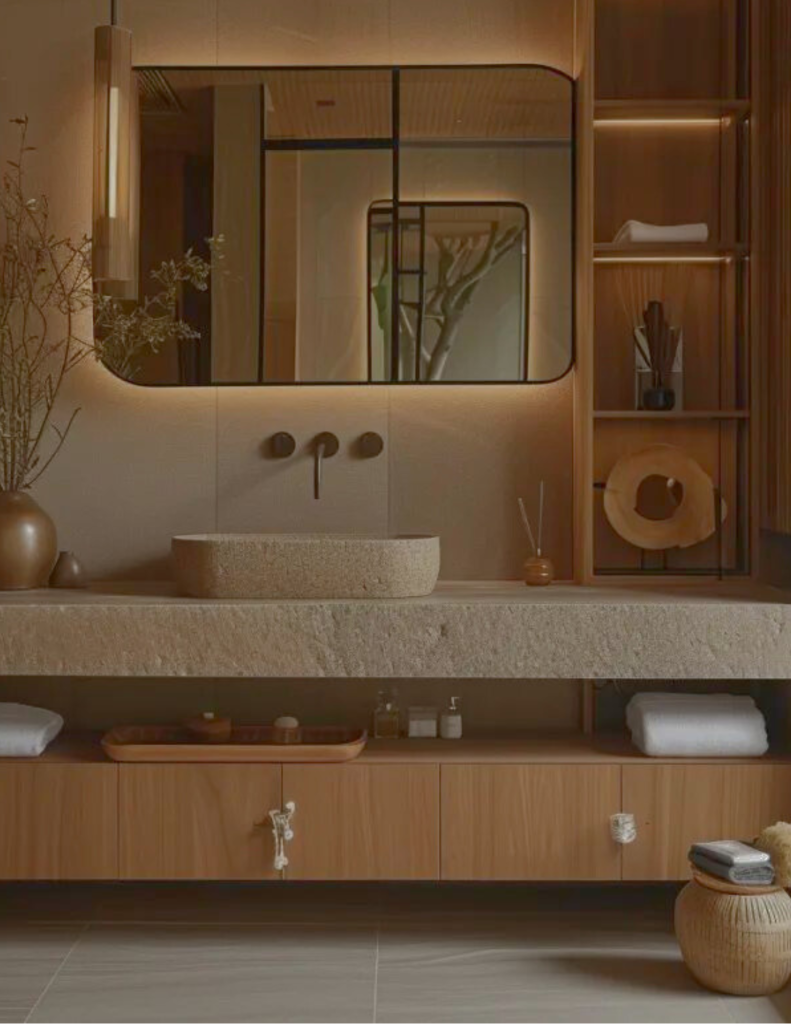
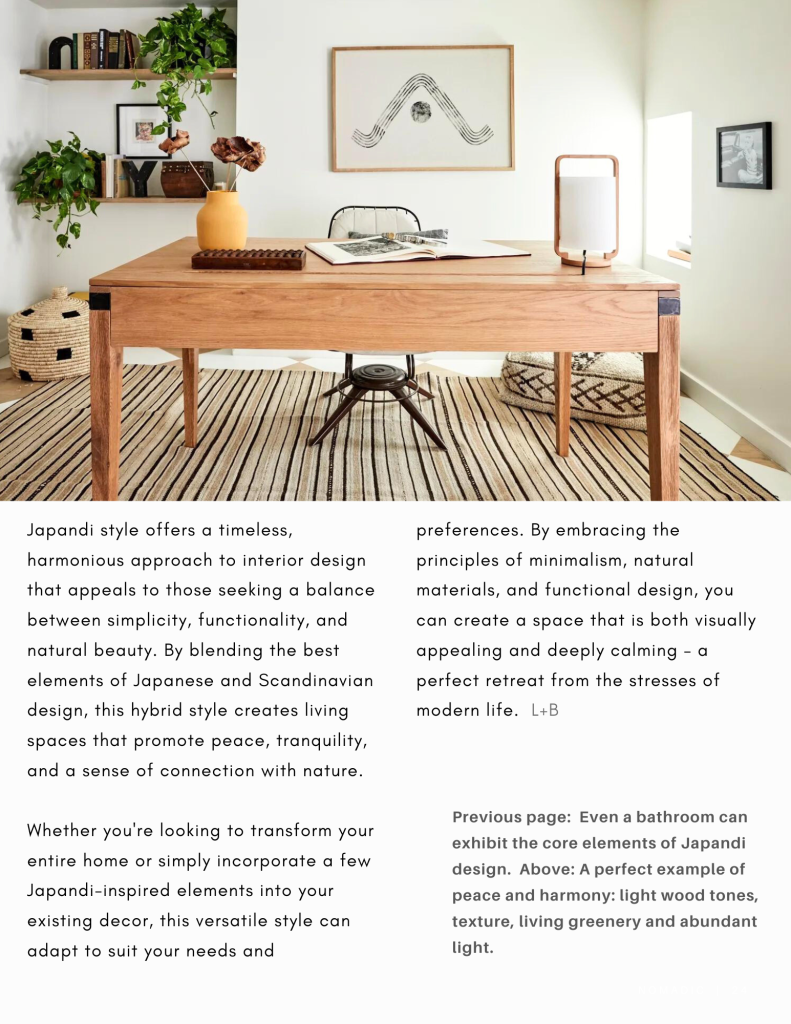
Full text:
In recent years, a new interior design trend has emerged, captivating homeowners and design enthusiasts alike. Japandi, a portmanteau of “Japanese” and “Scandi,” is a hybrid style that seamlessly blends the best elements of Japanese and Scandinavian design. This fusion creates a unique aesthetic that is both calming and inviting, emphasizing simplicity, functionality, and natural beauty. Japandi style is perfect for those seeking a harmonious living space that promotes peace, tranquility, and a connection with nature. In this article, we’ll explore the key elements of Japandi style, its origins, and how you can incorporate this trendy yet timeless look into your own home.
What is Japandi Style?
Japandi style is a design approach that combines the clean lines, minimalism, and functionality of Scandinavian design with the serene, zen-like simplicity and natural elements of Japanese aesthetics. This fusion results in a balanced, harmonious space that is both visually appealing and highly practical.
At its core, Japandi style embraces a “less is more” philosophy, focusing on clutter-free spaces, carefully curated decor, and a neutral color palette. The style emphasizes the use of natural materials like wood, stone, and textiles made from cotton, linen, or wool. Furniture pieces are typically simple, functional, and well-crafted, showcasing the value placed on quality and craftsmanship in both Japanese and Scandinavian design.
Japandi interiors also incorporate elements of biophilic design, which involves bringing nature into the living space. This is achieved through the use of plants, natural light, and organic shapes and textures. The overall effect is a serene, calming atmosphere that promotes relaxation and well-being.
The Origins of Japandi Style
The roots of Japandi style can be traced back to the cultural and design principles of both Japan and Scandinavia. In Japan, the concept of “wabi-sabi” – which embraces the beauty of imperfection, simplicity, and the natural passage of time – has heavily influenced the country’s aesthetic sensibilities. This is evident in the use of natural materials, the emphasis on craftsmanship, and the overall minimalist approach to design.
Similarly, Scandinavian design has long been associated with simplicity, functionality, and a connection to nature. The Nordic concept of “hygge,” which emphasizes coziness, comfort, and contentment, is also a key influence in Japandi style, adding a sense of warmth and intimacy to the otherwise minimal aesthetic.
The fusion of these two design philosophies has gained popularity in recent years, as more people seek to create living spaces that promote peace, tranquility, and a sense of escape from the stresses of modern life.
How to Incorporate Japandi Style in Your Home
If you’re looking to embrace the Japandi style in your own home, there are several key elements to consider:
Color Palette: Stick to a neutral color scheme consisting of shades of white, beige, gray, and brown. Add warmth and coziness with muted accent colors like blush pink, soft terracotta, or sage green.
Natural Materials: Incorporate natural materials throughout your space, such as light-colored wood for furniture and flooring, stone for accent pieces, and textiles made from cotton, linen, or wool for soft furnishings.
Minimalism: Embrace a clutter-free environment by carefully curating your decor and furniture. Choose pieces that are both functional and visually appealing, and avoid excessive ornamentation or unnecessary items.
Biophilic Elements: Bring nature into your home by incorporating plants, natural light, and organic shapes and textures. Position furniture to maximize views of the outdoors, and consider using natural materials like wood, stone, or clay for planters and decor.
Functional Furniture: Select furniture pieces that are simple, well-crafted, and functional. Look for items with clean lines and minimal ornamentation, such as a low-profile sofa, a streamlined coffee table, or a simple wooden dining set.
Cozy Textiles: Add warmth and comfort to your space with plush cushions, cozy blankets, and soft rugs. Choose textiles in natural fibers and muted colors to maintain the overall Japandi aesthetic.
Lighting: Create a soothing ambiance with soft, warm lighting from lamps, candles, or string lights. Incorporate dimmer switches to allow for adjustable lighting levels throughout the day.
By combining these elements, you can create a Japandi-inspired living space that is both stylish and serene, providing a peaceful retreat from the outside world.
Japandi style offers a timeless, harmonious approach to interior design that appeals to those seeking a balance between simplicity, functionality, and natural beauty. By blending the best elements of Japanese and Scandinavian design, this hybrid style creates living spaces that promote peace, tranquility, and a sense of connection with nature.
Whether you’re looking to transform your entire home or simply incorporate a few Japandi-inspired elements into your existing decor, this versatile style can adapt to suit your needs and preferences. By embracing the principles of minimalism, natural materials, and functional design, you can create a space that is both visually appealing and deeply calming – a perfect retreat from the stresses of modern life.
As the popularity of Japandi style continues to grow, it’s clear that this fusion of Japanese and Scandinavian design is more than just a passing trend. With its timeless appeal and focus on creating serene, harmonious living spaces, Japandi style is here to stay, offering homeowners a simple yet sophisticated approach to interior design that prioritizes comfort, tranquility, and a connection to the natural world.
